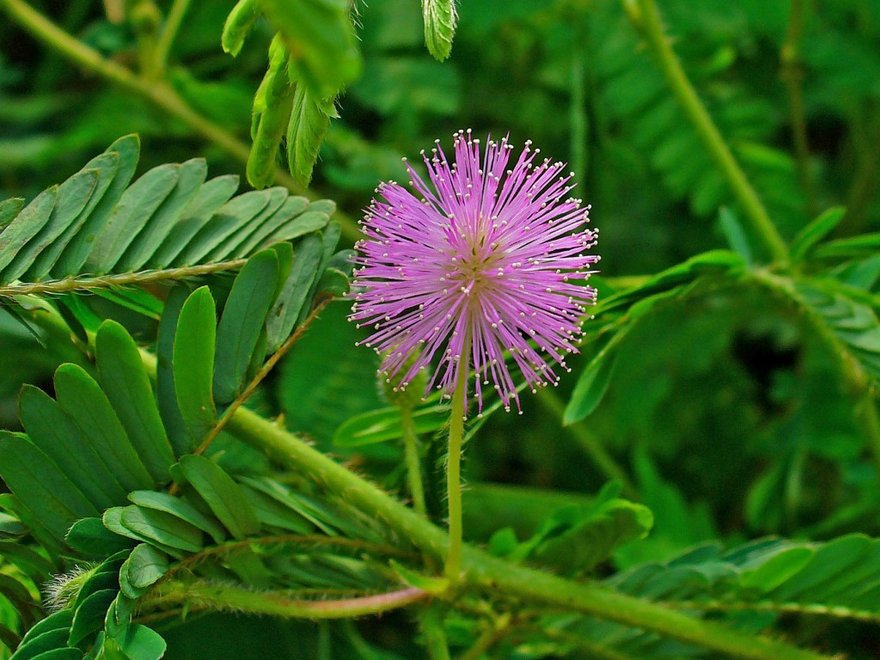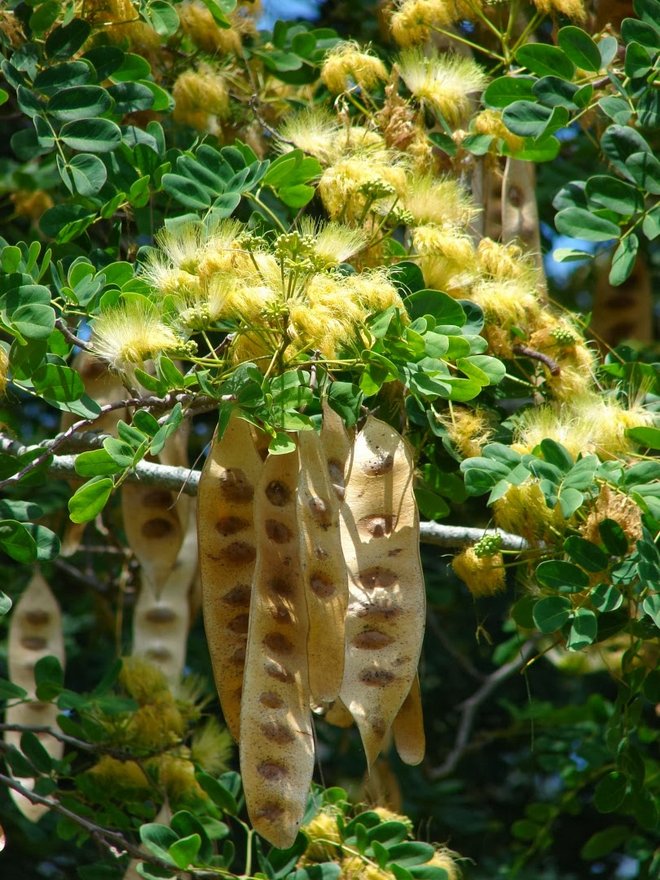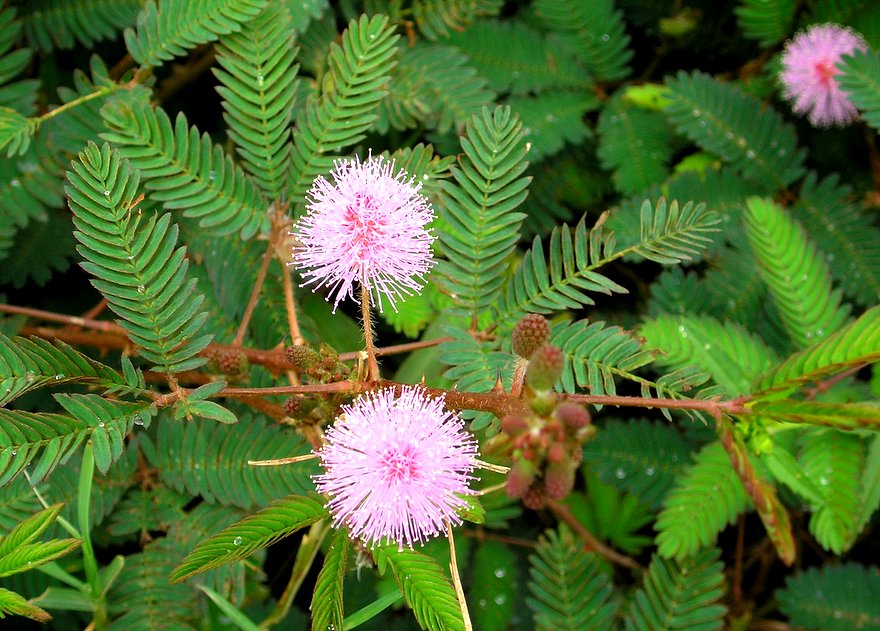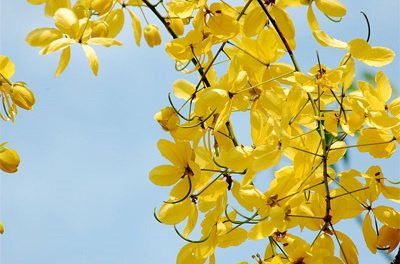The botanical name of Babool is Acacia nilotica and it belongs to Mimosaceae family. The herb is highly beneficial in Ayurveda. Babul or Acacia Arabica tree is considered to be native of Africa, Middle East and the Indian subcontinent. This evergreen tree is of medium height around 25 to 30 feet.
It looks like a bush, it has dark grey bark with yellow flowers in spherical heads. The tree has thorns on its branches and hence the Greek name Acacia. The leaves of the tree are very small and the seeds come in pods of 8 to 12. Babul tree is of significant importance in Ayurveda, Unani medicine and African folk medicine. One of the early records about this tree can be found in Materia Medica by Pedanius Dioscorides. In Ayurveda, numerous health benefits of this tree have been reported.
[wp_ad_camp_1]
Babool has various Ayurvedic properties as it is a kaph and pitta suppressant. It aids in blood clotting in hemorrhages and excessive bleeding. It is also used to cure fevers. Various other important uses of babool tree are discussed in this article.
Babool Health Benefits
It is used to treat bronchitis, asthma, meningitis, hypoglycemia and pneumonia. Bark decoction is used to cure leucorrhea. Studies have shown that babul bark extracts resulted in lipid peroxidation or cholesterol control. On the other hand, the antioxidant properties also showed hepatoprotective properties or liver protection from carbon tetrachloride by free radical scavenging.
The bark also is found to be useful in treatment of eczema; about 25% of Acacia Arabica bark and manginifera indica bark are boiled in a 1 liter of water and the vapors allowed to forment the affected part, after fomentation, the ghee is applied on an-affected part.
The stem bark extracts of babul or Acecia Arabica showed significant antibacterial properties against S. viridans, S. aures, E coli, B subtilis, S sonnei and against fungi such as C albicans, A niger.
Baboo tree is also beneficial for the health of teeth and gums. In ancient times the branches of babool tree was used by people to brush teeth. Even today many rural and tribal people use babool branches to brush teeth. Babool gives strength to gums and reduces plaque.
It also gives freshness to breath. Studies on the babul gum have yielded positive results in removing plaque, gingivitis and periodontitis. The gum was found to be effective in inhibiting the growth of periodontitis bacteria such as Actinobacillus actinomycetemcomitans, Capnocytophaga spp., Porphyromonas gingivalis, Prevotella intermedia and Treponema denticola.
Gum of babool is also used to cure sore throat, stop bleeding and also to cure vaginal and urinary discharge. Gum of babool is used as a substitute for true gum Arabic. Gum of babool leaves is helpful in stopping the flow of blood from wounds.
Babool pods are used to cure impotence and other urinogenital disorders. Babool flowers, pods and gum resin are used to cure dysentery and diarrhea. For curing diarrhea, tender leaves of babool tree are suggested to be eaten with black and white cumin seeds for better relief. The decoction of the gum can be made for the same.
Leaves of Babool are eaten in infections of throat, its poultice is applied on sore eyes. Burnt leaves are made into paste form and applied over itching area. Babool leaves are also good for the health of hair. To control hair fall, apply the paste of babool leaves on sclap. After 30 minutes wash your hair with a good quality shampoo. Always use warm water to wash your hair.
Experiments on the seeds resulted in significant control of diabetes. The seeds were activating insulin production and that in turn controlled diabetes. The experiments showed that the seeds did not have any toxic effect when taken in significant amounts. Also the seeds and pod extracts of babul have been shown to significant control the arterial blood pressure. Antispasmodic effects were also observed in the extracts. The antispasmodic effects were very similar to the control of arterial blood pressure.
Role in nervous system and Alzheimer’s disease: Babul demonstrated acetylcholinesterase inhibitory effects. Acetylchlinesterase inhibition has been named critical in proper functioning of the nervous system and in the treatment of Alzheimer’s disease.
Due to its nutritive, cooling and aphrodisiac properties babool acts as a tonic for liver.
Babul plant is also beneficial for maintaining a young look. It nourishes skin and gives it a shiny appearance. It is used by cosmetic companies to make astringents and skin cleaners. You can also dip the leaves of babool in your bath water for a refreshing bath.
For treating waterining eyes problem, which is scientifically known as epiphora, 250 gram of babool leaves are advised to be boiled in two litres of water. Boil the leaves till one quarter of water is left. Filter this water and keep it in a water tight bottle. Paint your eyes with this water twice a day for 40 to 45 minutes, preferably in the morning and at night before sleep. Then wash your eyes with fresh water.
So, Babool is Used to Treat Following Ailments:
. Teeth problems
. Cough, cold and asthma
. Throat problems
. Diabetes
. Vaginal discharge
. Menstrual problems
. Diarrhea
. Dysentery
. Skin ailments
. Impotency
Ayurvedic Properties of Babool
Rasa: Kashaya
Guna: Guru, Ruksha, Vishada
Virya: Sita
Vipaka: Katu
Karma: Grahi, Kaphahara, Vishaghna
Dosha effect: Reduces Pitta and Kapha
Srotas: Raktavaha
Parts Used:
Pods, seeds, flower, bark, gum, roots and leaves are used to prepare various medicines.
Source: herbalsatt.blogspot.in













Very helpful and infirmative